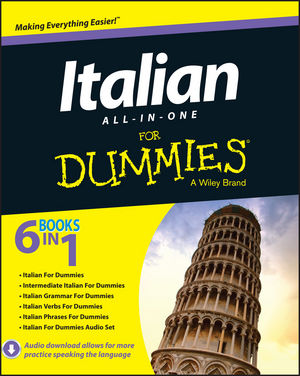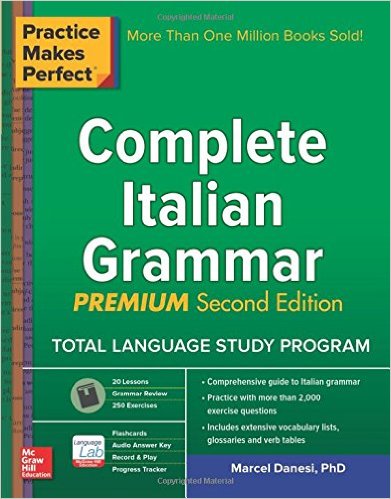Italian Exercise Book Pdf

I've never seen an Italian grammar so detailed! Questionable only the long introduction about the variation of pronunciation according to the parts/region of Italy, in particular very often a 'regional' variation is simply a regional dialectal form. 'Dangerous' also many 'used' words: if it's true that a local policeman can be called among friends 'cerino' in Trieste, 'ghisa' in Milan and 'pizzardone' in Rome, I I'm sure that is better not to say to a policeman, 'Excuse me, Mr. The same for certain expression used only by - to be good - 'bumpkins. But all together a precious book! Thank you, 'rafforza'.
Grazie Berto, I appreicate the insights. I agree, it seems the goal of the authors is not just to outline grammatically prescribed constructions but to almost make an anthropological linguistic survey of how the language is used as a whole across the country. What's not entirely clear to me is exactly how R1 - R3 relate to verb conjugations, if they even do. It seems that if R1 includes dialectically infused and ungrammatical Italian, R2 is used for casual forms of grammatically prescribed Italian, and that that might be the difference. Thanks again, cheers.

School Exercise Books
You are perfectly right. It's a strange text, with a quantity of useful information and (perhaps) an equal quantity of useless specifications. For the verbs: R2 or R3, both have the same conjugation. I think (but I’m not sure) the authors would say that some of them have not only the “normal” meaning but a special one (take “amalgamare” = mix, merge together, and prepare a mercury + metal alloy). Of course I gave only a glance, but in the “modal verbs” (potere, dovere, volere) they made difficult a very easy rule: the three verbs take the auxiliary of the verb following the modal: “Io ho dovuto/voluto/potuto mangiare” (because I have to say “io ho mangiato”); “io sono dovuto/voluto/ potuto andare” (because “io sono andato”). Thank to you, 'Rafforza'.